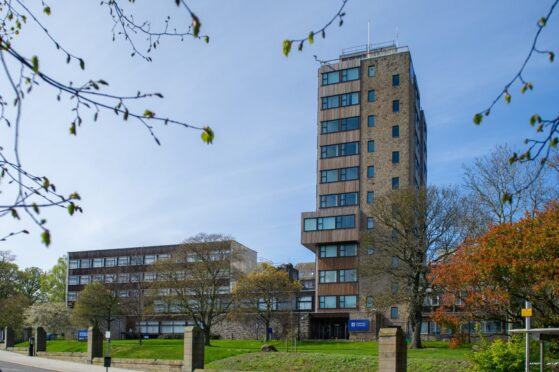Council funding has been slashed by more than £100 a head in Tayside and Fife in five years, according to Holyrood researchers.
The Scottish Parliament Information Service (SPICE) found core funds for local authorities have decreased at a “much faster rate” than for the Scottish budget as a whole.
The biggest funding drop in Courier Country was in Perth and Kinross, where the real terms reduction was £130 per person between 2013-14 and 2018-19.
That compares with Fife (-£106), Dundee (-£78) and Angus (-£105). The average for the four councils is £104.
Alexander Stewart, the Perthshire MSP for the Tories, said: “These figures prove that despite all their protestations, the SNP has comprehensively under-resourced local government.
“As SPICE has laid bare, the SNP destruction of local government funding has taken place despite their own increasing budget.”
There were wide variations across the country, ranging from a £6 per person reduction in Orkney to a £504 cut in Orkney.
The report stressed changes to funding per head “represent both changes to population and changes to funding, so should not be attributed solely to one or the other”.
In the five years since 2013-14, the local government grant for day-to-day spending from Scottish ministers has decreased by £745m in real terms, or 7.1%.
Over the same period the Scottish Government’s revenue budget has fallen by £547m, which amounts to 1.8%.
David Ross, the Labour co-leader of Fife Council, said the financial pressure on councils is even worse than the report suggests because of the rise in demand for services such as social care.
“The Scottish Government claim they are treating local government fairly, but this is yet another report that shows this isn’t the case and that local councils are being expected to take far more than their fair share of cuts,” Mr Ross added.
The Scottish Government insist they have protected the spending power of councils by giving cash directly to headteachers, merging health and social care budgets and giving councillors the freedom to raise council tax.
A government spokesman said: “These figures exclude a number of important, additional funding sources, including £355 million for health and social care and £150 million of funding that is provided outwith the core settlement, but which benefits local government.
“When those are included, there has been a slight decrease of just 0.8% between 2013 and 2019, compared to a 1.8% cut to the Scottish Government revenue budget over the same period.”










